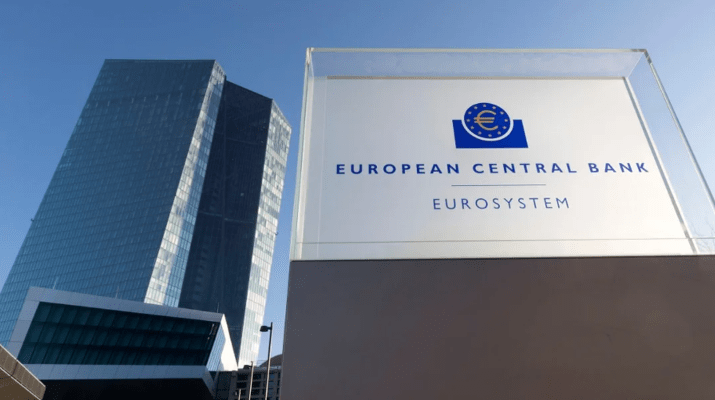In a decisive move to steer inflation towards its long-term goal, the European Central Bank’s recent rate cut is expected to help realign prices back to the 2% target, according to the bank’s chief economist.
Speaking on Wednesday, Philip Lane asserted that the latest ECB rate cut was designed to correct a short-term drop in inflation that’s anticipated over the next 18 months.
“This cut helps ensure that the projected negative inflation deviation over the next eighteen months remains temporary and does not convert into a longer-term deviation of inflation from the target. This cut also guards against any uncertainty about our reaction function,” Lane explained.
Lane’s remarks highlight the ECB’s proactive stance against the looming risk of disinflation in the eurozone. By reducing interest rates now, the bank aims to stop the projected dip from taking root and becoming a persistent economic concern.
- The rate cut is expected to counteract short-term price instability.
- It supports confidence in the ECB’s policy responsiveness.
- It helps anchor inflation expectations at the 2% medium-term target.
Economists and market analysts view this move as a clear sign that the ECB is committed to managing inflation without allowing it to drift too far below its benchmark. By deploying this measure, the bank is signalling that it remains vigilant and ready to act decisively.
The ECB rate cut also reassures investors that the institution is maintaining a flexible and data-driven approach, balancing growth concerns with price stability.
The eurozone has seen a gradual easing in inflation following a period of intense price surges. The ECB’s recent decision reflects both a response to current data and a forward-looking approach to maintaining economic stability across the bloc.
Economists believe the next few quarters will test the resilience of monetary policy across Europe. However, the central bank’s action reinforces its role in keeping inflation anchored close to its goal.






